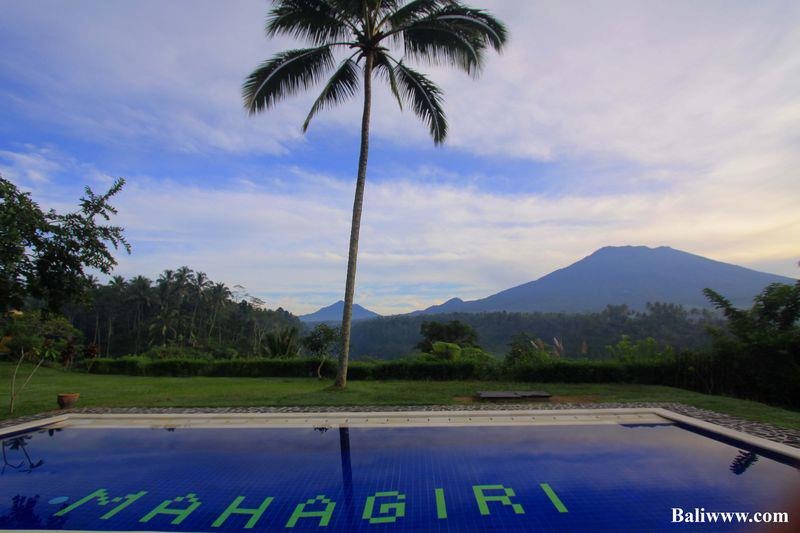Ah, Bali! The Island of the Gods. With its lush landscapes, vibrant culture, and warm-hearted locals, it’s a destination that captures the hearts of many. One of the most enchanting aspects of Bali is its stunning temples. Each one tells a story, embodies spirituality, and offers a glimpse into the rich Balinese culture. Whether you are a spiritual seeker, a history buff, or simply someone who loves to take in breathtaking views, Bali’s temples are a must-visit.In this article, I’ll share some recommended temples to visit in Bali, sprinkled with personal anecdotes and unique insights to help you connect with these sacred sites on a deeper level.
1. Uluwatu Temple
Perched on top of a dramatic cliff overlooking the Indian Ocean, Uluwatu Temple (Pura Luhur Uluwatu) is among the most spectacular temples in Bali. I remember standing there during sunset, the golden hues painting the sky while waves crashed against the rocks below. It was a moment that felt almost magical.
This temple is not only famous for its stunning views but also for the traditional Kecak dance performances held in the evening. As I watched the dancers move gracefully, surrounded by flickering torches and the sound of chanting, I felt an overwhelming sense of connection to ancient Balinese culture. If you’re planning to visit, I recommend arriving early to secure a good spot for the dance performance—trust me, you won’t want to miss it!
Tips:
– Dress Code: Ensure you wear a sarong as a sign of respect. You can rent or buy one nearby.
– Visit at Sunset: The views are breathtaking, but it can get crowded, so arrive at least an hour early.
2. Tanah Lot Temple
Tanah Lot is the iconic temple that you’ve probably seen in numerous travel guides and Instagram feeds. Situated on a rock formation, it appears to float above the ocean during high tide. I visited this temple on a clear day, and I’ll never forget the sight. The sound of waves crashing against the rocks was incredibly soothing.
What makes Tanah Lot special is its spiritual significance and the legends surrounding it. According to local folklore, the temple was created by a 15th-century priest who sought solitude. The best time to visit is during sunset when the temple is silhouetted against the fiery sky.
Tips:
– Explore the Area: Before and after visiting the temple, stroll through the surrounding markets for local art and souvenirs.
– Check Tides: If possible, check the tide schedule. When the tide is low, you can walk closer to the temple for fantastic photo opportunities.
3. Besakih Temple
Known as the Mother Temple of Bali, Besakih Temple (Pura Besakih) is the largest and holiest temple complex on the island. Nestled on the slopes of Mount Agung, it offers breathtaking views and deep spiritual significance. I had the chance to explore this temple early in the morning while the air was cool and still.
The intricate architecture and serene atmosphere drew me in. I remember talking to a local priest who explained the offerings and ceremonies that take place there. It’s a place of pilgrimage for many Balinese people and visiting during a ceremony can be a profound experience.
Tips:
– Hire a Local Guide: To fully appreciate the history and symbolism, consider hiring a guide. They can provide insights that you might miss on your own.
– Dress Respectfully: As with other temples, wear a sarong and sash, which can often be rented at the temple entrance.
4. Tirta Empul Temple
For those interested in purification rituals, Tirta Empul Temple is a place you’ll want to visit. Famous for its holy spring water, it’s a site for purification ceremonies. I’ll never forget my experience here. After grabbing a sarong, I joined the locals in the purification baths, immersing myself in the cool, refreshing water while offering prayers.
The feeling of community and spiritual connection was palpable, making it one of the highlights of my trip. Make sure to follow the rituals as a sign of respect, and you might just feel rejuvenated in both body and spirit.
Tips:
– Respect the Rituals: Observe quietly if you see ceremonies taking place.
– Bring a Towel: After your purification, you’ll want a towel to dry off.
5. Goa Gajah (Elephant Cave)
Goa Gajah, or the Elephant Cave, is a site that dates back to the 11th century. It’s a unique blend of archaeological, historical, and spiritual experiences. When I visited, I was struck by the serene gardens and ancient relics. The cave itself, with its intricate carvings, is mesmerizing.
Walking through the cave, I felt a sense of stepping back in time. The air was filled with a comforting stillness, and I noticed many visitors pausing in reflection, allowing the beauty and history of the site to wash over them.
Tips:
– Explore the Surroundings: Don’t rush through; take time to explore the gardens and nearby water temple.
– Best Time to Visit: Early mornings or late afternoons are ideal to avoid the crowds and capture beautiful photos.
Conclusion
Bali’s temples are more than just tourist attractions; they are monuments of culture, spirituality, and community. Whether climbing the cliffs of Uluwatu, watching the sunset at Tanah Lot, or participating in a purification ritual at Tirta Empul, each experience offers a chance to connect with the island’s rich heritage.So, pack your sarong, venture out, and let the enchanting world of Bali’s temples unfold before you. Each visit may bring a new story, a moment of reflection, or an unforgettable encounter. Enjoy your trip to this paradise island and the spiritual journey that comes with it!






